“Conversation with Izzy” is a regular series where we hear from ACS Board Member and Cetacean Biologist, Izzy Szczepaniak. Board Member Susan Hopp sat down with Izzy to learn why we haven’t seen many whales feeding in San Francisco Bay this summer.
Susan: Izzy, here we are August 2021, so much is happening that has an impact on Cetaceans and all life, but first, let’s stay local. Please give our San Francisco Bay ACS community a roundup of cetacean happenings.
Izzy: Let’s start with humpback whales. Unlike past years, they are not coming into San Francisco Bay. There is so much food in the coastal and offshore waters this year that humpback whales have ample food to eat and thus, are not coming into the Bay to feed. They don’t need to.
Humpback whale feeding on anchovies, photo by Izzy Szczepaniak
Susan: What are they feeding on?
Izzy: We are seeing large groups of humpback whales feeding on schools of anchovies so dense that we not only see them leaping out of the water at the surface, but viewing the sonar screen we see them thick in the water column to depths of 100 feet.
Susan: How many humpbacks, and were any of them identified previously in San Francisco Bay?
Izzy: On trips to the Farallon Islands, many days we see fifty or more humpbacks – to the delight of all passengers. We’ve had several sightings of a whale named Akula feeding offshore this summer. Akula is one of the whales frequently sighted feeding in San Francisco Bay in the last four years but not this year.
Susan: What a thrill! Are you seeing any other whales?
Izzy: Yes. In years past, we would often see two to three gray whales for most of the summer at the Farallon Islands. This year in a single day, we’ve seen as many as fifteen which is very unusual. With the reduction of food resources in their normal Arctic feeding grounds due to climate change, it appears gray whales are looking elsewhere for food. This search for food is altering their migratory pattern between the Bering-Chukchi Sea and Baja.
Gray whale feeding near the Southeast Farallon Islands rather than the Bering-Chukchi Sea, photo by Izzy Szczepaniak
Susan: Well, given all we know about global warming topped off with this week’s IPCC report underscoring the science behind the human-caused climate chaos that is upon us, it’s not surprising to see behavior changes in our cetacean neighbors. In our monthly talks going forward, we will continue to focus on the theme of what we can and should be doing.
Izzy: Yes, our climate crisis is something that requires all of our attention – immediately. I’d like to direct everyone to the Intergovernmental Panel on Climate Change (IPCC) report summary here and urge everyone to get involved and make necessary and helpful behavior changes to help all life on our precious planet.
Susan: Thank you, Izzy – I can’t think of a better way to conclude this summer roundup.
Izzy Szczepaniak is a Marine Biologist, an American Cetacean Society, San Francisco Bay Chapter Board member, and a Research Associate of The Marine Mammal Center and California Academy of Sciences. Look for more “In Conversation with Izzy” posts in the coming months as we follow up with Izzy so that we may bring you his insights into the world of whales, dolphins, and porpoises in the San Francisco Bay Area.
Susan Hopp is a strategist, educator, and practitioner of sustainable and regenerative management. She works with organizations to identify, formalize and execute sustainability strategies. Susan is a member of the Board of Directors of the American Cetacean Society, San Francisco Bay Chapter, and an adjunct faculty member at the University of San Francisco where she teaches Sustainability Leadership in the Environmental Management Masters program.


